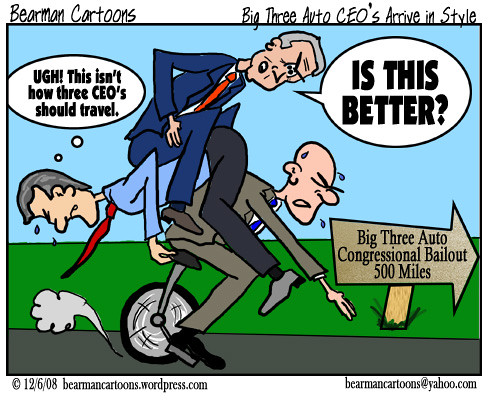Streetsblog Interviews John Norquist @ Congress for the New Urbanism – How to Fix National Transportation Policy: Part I
(Source: Streetsblog)
How can federal policy encourage walkable street networks instead of highways and sprawl?
 The Congress for the New Urbanism has some intriguing answers. During the stimulus debate, CNU proposed a new type of federal road funding that would help to build connected grids — the kind of streets that livable communities are made of. The proposal didn’t make it into the stimulus package before the bill got rushed out the door, but the upcoming federal transportation bill will provide another chance. CNU President John Norquist — a four-term mayor of Milwaukee who first got into politics as an anti-freeway advocate — was down in DC last Thursday to share his ideas with Congress. Streetsblog spoke to him afterward about what’s broken with national transportation policy and how to fix it. Here’s the first part of our interview.
The Congress for the New Urbanism has some intriguing answers. During the stimulus debate, CNU proposed a new type of federal road funding that would help to build connected grids — the kind of streets that livable communities are made of. The proposal didn’t make it into the stimulus package before the bill got rushed out the door, but the upcoming federal transportation bill will provide another chance. CNU President John Norquist — a four-term mayor of Milwaukee who first got into politics as an anti-freeway advocate — was down in DC last Thursday to share his ideas with Congress. Streetsblog spoke to him afterward about what’s broken with national transportation policy and how to fix it. Here’s the first part of our interview.
Ben Fried: During the stimulus debate you sent a letter to James Oberstar, chair of the House Transportation and Infrastructure Committee, and among other things you said that discussion of national transportation policy often presents a “false dichotomy” between transit funding and road funding. What did you mean?













